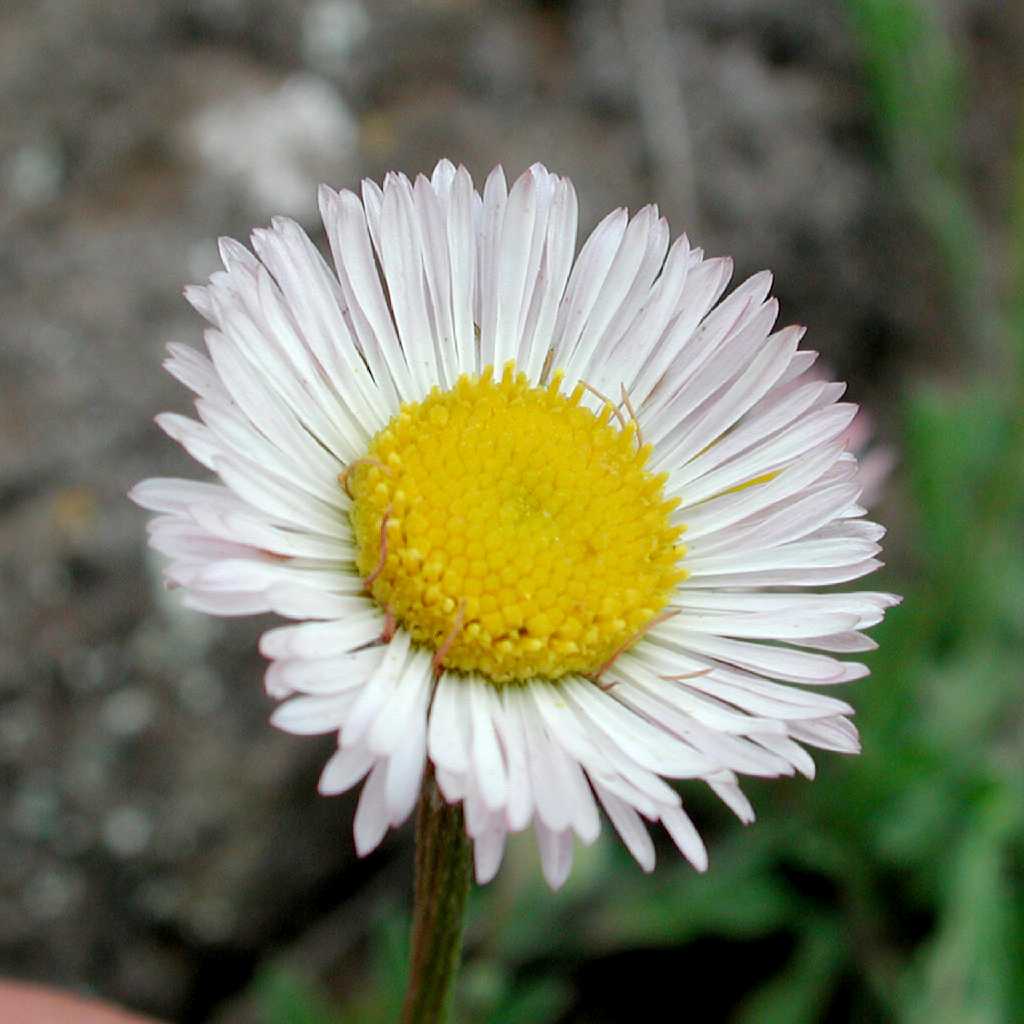- Home
- Search
- Images
- Datasets
- Sample Use
- How to Cite
- Additional Information
- About NEON
- NEON Data Portal
- ASU Biocollections
- About Symbiota
|
Family: Asteraceae |
Annuals, biennials, or perennials [subshrubs, shrubs, trees], (0.5-)2-90(-100) cm (taprooted, fibrous-rooted, or rhizomatous and fibrous-rooted, sometimes with simple or branched caudices, sometimes stoloniferous). Stems erect to ascending, decumbent, or prostrate, simple or branched, glabrous or hairy, sometimes glandular (hairs 2-seriate, minute, sometimes stipitate). Leaves basal and/or cauline (basal persistent or not to flowering); alternate; sessile or petiolate; blades 1-nerved (3-nerved), linear to lanceolate, oblanceolate, or spatulate (bases sometimes clasping), margins entire or ± dentate to pinnatifid, faces glabrous or hairy, sometimes glandular. Heads usually radiate, sometimes discoid or disciform (erect, nodding, or arching-pendent in bud), borne singly or in loose, corymbiform or paniculiform arrays. Involucres turbinate to hemispheric, 5-35 mm diam. Phyllaries 30-125(-150) in 2-5 series, 1- or 3-nerved (nerves golden-resinous; usually flat, rarely broadly keeled to convex), narrowly elliptic- to linear-lanceolate, unequal to equal, margins scarious or not, faces hairy or glabrous, sometimes glandular. Receptacles flat to conic, pitted, epaleate. Ray florets 0 or 12-350 in 1(-2+) series, pistillate, fertile; corollas usually white to bluish or purplish to pink, less commonly yellow (coiling from apices, reflexing at tube/lamina junction, or remaining ± straight and spreading). Peripheral florets (disciform heads) 50-200 in 1-4 series, pistillate. Disc florets 25-450, bisexual, fertile; corollas yellow (nerves orange-resinous), tubes shorter than usually tubular, sometimes strongly inflated and indurate throats, lobes 5, erect to spreading, deltate; style-branch appendages mostly deltate (papillate). Cypselae (tan) oblong to oblong-obovoid, compressed to flattened, 2(-4)-nerved, or subterete, 5-14-nerved (sect. Wyomingia and some other species), faces glabrous or strigose or sericeous, eglandular; pappi persistent or readily falling, usually of outer setae or scales (0.1-0.4 mm), sometimes connate, plus 5-40(-50), stramineous, barbellate bristles, sometimes pappi only on ray or only on disc cypselae, or 0. x = 9. The North American and Central American species of Erigeron have been divided into sections (G. L. Nesom 1989c, 1990g, 1994b; Nesom and R. D. Noyes 1999), emphasizing variation in habit (especially taprooted versus rhizomatous and fibrous-rooted), vestiture, arrangement of heads in arrays and orientation before flowering (erect, nodding, or arching-pendent), behavior of ray corolla laminae (straight, reflexing, or coiling), cypsela and pappus morphology, and other morphologic features. The sequence and groupings of species treated here reflect significant modifications of earlier arrangements. G. L. Nesom (1989d) hypothesized that Trimorpha [Erigeron sect. Trimorpha (Cassini) de Candolle] is separate from Erigeron, more closely related to Conyza. Studies by W. Huber and colleagues (e.g., Huber 1993; Huber and Ö. Nilsson 1995) and R. D. Noyes (2000) have shown that Trimorpha species are closely related to those of sect. Erigeron and that both sections are relatively recently derived within the genus. As suggested by Nesom (1994b) and by Huber and Nilsson, and as discussed in detail and experimentally confirmed by Noyes, autogamous breeding systems apparently have arisen independently in groups of Astereae, including Trimorpha and Conyza, where the pistillate florets of a head are greatly increased in number (often outnumbering the bisexual florets), in multiple series, the inner sometimes with filiform, elaminate corollas, and the outer with reduced laminae. In the molecular analysis by R. D. Noyes (2000), Conyzinae comprises Erigeron, American Conyza, the four genera of the South American Leptostelma group, and the North American Aphanostephus; the cladistically basal and terminal taxa of the subtribe are members of Erigeron. Noyes (p. 107) observed that 'strictly speaking, although the Conyzinae form a monophyletic group [with caveats regarding Old World Conyza], Erigeron is paraphyletic, as five other genera are derived from within it.' The molecular study included 46 of the 173 species treated here. Polyploidy is common among species of Erigeron, and agamospermy apparently is a common correlate of polyploidy, especially in odd-polyploid plants. Molecular phylogenetic data (R. D. Noyes 2000) indicate that agamospermy has arisen at least three times within the genus. In the descriptions and keys, some characteristi Artificial distinctions are used in the key to groups of species recognized by leafy runners, pinnately lobed or dissected leaves, discoid or disciform heads, and yellow rays. Otherwise, species tend to be identified within natural groups. Couplets that use basal parts for distinction or inference of duration may be difficult if collections lack diagnostic basal parts or if the nature of the basal parts is not clear. Yet, these differences are significant in delimiting species groups and often critical in identification, and the pertinent species otherwise would be scattered widely in a more artificial key.
Heads usually radiate, the rays pistillate and fertile, white or anthocyanic; invol bracts narrow, herbaceous and equal to scarcely herbaceous and evidently imbricate, but without Aster-like green tips; receptacle flat or nearly so, naked; disk-fls numerous, perfect and fertile, yellow; some spp. with rayless pistillate fls between the disk-fls and ray-fls; style-branches flattened, the appendage short (not over 0.3 mm in ours), acute to more often obtuse, or even obsolete; achenes in our spp. 2-4-nerved; pappus of capillary bristles, with or without a short outer series of minute bristles or scales; herbs with alternate lvs and solitary to numerous, hemispheric to turbinate heads. Typically blooming in spring and early summer (unlike Aster), but some weedy spp. continuing until fall. 200, mainly N. Temp. Gleason, Henry A. & Cronquist, Arthur J. 1991. Manual of vascular plants of northeastern United States and adjacent Canada. lxxv + 910 pp. ©The New York Botanical Garden. All rights reserved. Used by permission. |


